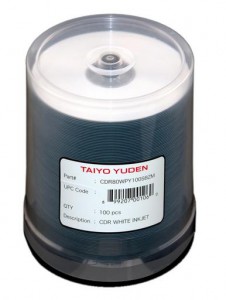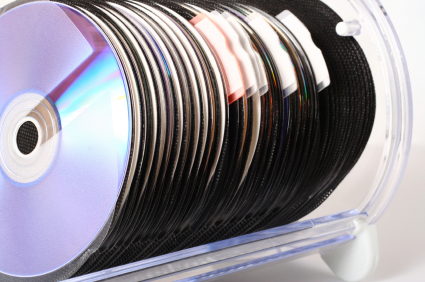First off, it is important to realize that the best is always a subjective concept, and that no matter what advice you receive, you’ll need to remember this rule: trial and error using the equipment you intend to use under the conditions you expect the discs to be able to withstand is the most reliable method of determining what works best for you.
With that out of the way, there are absolutely certain things which can be said for recordable CDs in general. The first is that you should never consider the CD-R a viable long term storage option. By their very nature, CD-R media degrade over time. While manufacturers will claim extreme shelf life, the truth is that most will degrade in 5-10 years. Some poor quality discs will last far less time than this. This is particularly true in extreme environments such as heat, damp, or cold.
While the available data on CD-Rs is too immense (thousands of reviews, tests, and opinions are available, some more objective, others wholly subjective) to attempt to even summarize in table form, it’s very possible to shine a light on some of the most common recommended brands. Each of them has been cited for quality. Though some are more durable and others more reliable (even among different types of CD-Rs within brands) all of these brands maintain a high standard across the board, and have been suggested time and again by multiple sources.
Often-Recommended (alphabetical):
Mitsui, Taiyo Yuden (the author’s favored brand, sometimes also labeled as JVC), and TDK. (Note that Fuji, HP, Philips, Sony, and Yamaha all generally re-brand disks from these three manufacturers, and are also reliable as a result.) Pioneer and Ricoh are second-tier recommendations, and should also be considered worth looking at.
There are also manufacturers who produce discs that are most often cited as being troublesome. Unless otherwise unavoidable it’s wise to steer clear of them.
Best to Avoid (again, alphabetical):
First and foremost: do not use “no-name” discs no matter how little they may cost. (Unless you can confirm that they’re from one of the manufacturers above, but that’s rare.) Otherwise, definitely be wary of discs from CMC Magnetics, Fornet, Gigastorage, Hotan, Lead Data, Hotan, Maxell, Memorex, Princo and Verbatim.
If a brand is not listed above there is a reasonable chance that it is a middle of the road option and should be considered potentially viable if other recommended alternatives do not present themselves.
Finally, it’s wise to remember that not all CD-R’s are created equal within a brand. There are exceptions, particularly within the recommendations to avoid. Usually these are higher-priced CD-R’s from a specific brand. (Though a higher price is not always an indicator of quality, there are many CD-Rs on the recommended list to be had for low prices.) It is important to note that in general these are no better than a typical CD-R from the recommended brands.
But following the rule we started out with, if you can secure a small variety of discs to test on your recorder(s) and player(s) before making a large volume purchase (which is always the best way to go about acquiring CD-Rs as the prices are very compelling) it can help you narrow down this broad field.
Best of luck finding your best CD-R.

